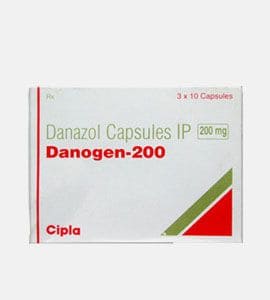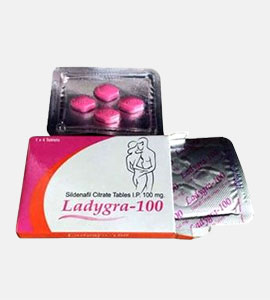Danazol is a medication that smothers the generation of gonadotropic hormones.
Danazol has a solid reversible impact, and a slight androgenic and anabolic impact. The compound hinders the blend of gonadotropin-discharging hormone and restrains the generation of follicle animating and luteinizing hormones by the pituitary organ. This causes a reduction in ovarian action and a delay in women’s ovulation.
Danazol can affect the progesterone, androgen, and glucocorticoid receptors, which accelerates the metabolic clearance of progesterone.
When used orally, Danazol will be rapidly metabolized. The maximum concentration of the active substance of the drug will be in 2–8 hours after you use it.
Fat food reduces the absorption rate of Danazol by about 30 minutes and increases its bioavailability. The substance is metabolized in the liver with the formation of active metabolites: 17-hydroxymethylethysterone and ethisterone. You will feel only a half of Danazol effect in the period of 5 to 29 hours. Danazol is excreted primarily through the kidneys.
People use Danazol if they have Hereditary angioedema; Fibrocystic mastopathy and other benign breast neoplasms. Also, if they have Endometriosis with concomitant infertility, premenstrual syndrome, primal menorrhagia, and Gynecomastia.
Side Effects of Danazol
Endocrine system: impaired spermatogenesis, flushing, amenorrhea, increased sweating, changes in libido, reduced size of the mammary glands, vaginitis, nervousness, emotional lability, increased secretion of the sebaceous glands, acne, slight hirsutism, androgenetic alopecia, body mass, swelling, coarseness of voice;
Nervous system: dizziness, headache, tremor, weakness, depression, sleep disturbances, and, rarely, a slight increase in intracranial pressure.


 English
English
 العربية
العربية
 Français
Français
 Italiano
Italiano
 Čeština
Čeština
 Español
Español
 Deutsch
Deutsch
 CHF
CHF



















